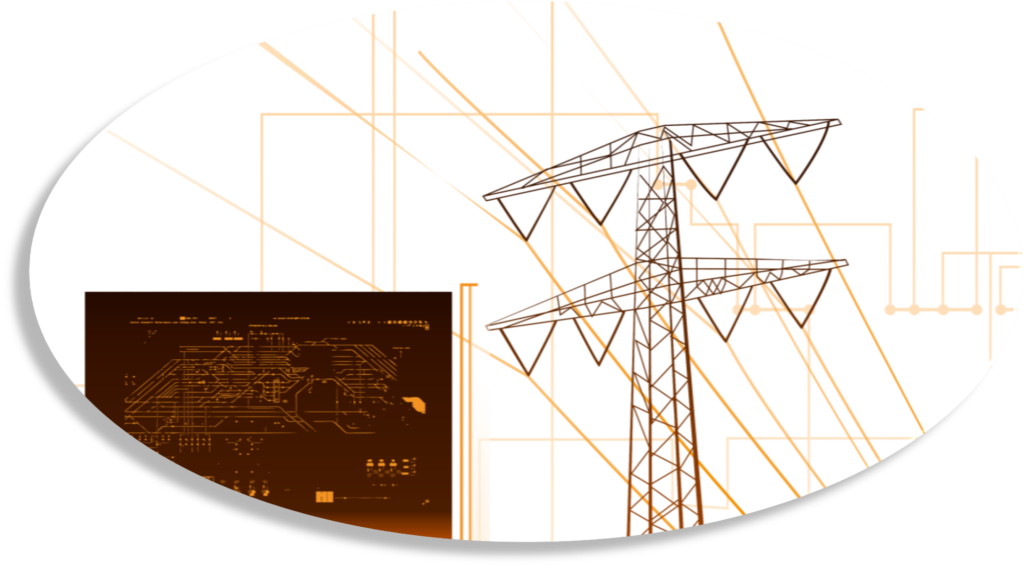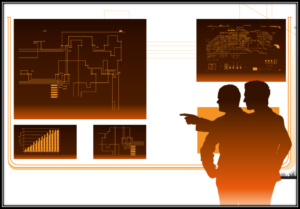Grid Management Training and Simulation
Modern economies today extremely depend on the uninterrupted supply of electrical energy. In addition, the quality of supply must be within defined, comparatively small limits to assure smooth operation.
This dependency has led – in most cases – to the installation of protection systems with selective characteristics which will switch a fault off as fast as possible with the least effect on the healthy network. The protection, together with other automation systems, forms complex structures that require specialists to extend and maintain.
The effects of faults on the networks have been minimized in general. However, even the installation of first rate protection and state-of-the-art control centers cannot prevent situations, in which the fault is not selectively isolated and subsequently a major outage occurs.
It is the task of the operators in the control room to analyze the situation based on the available data, isolate the fault and restore the supply to the customers. To do this as fast as possible and within the given rules, the operators need to be well experienced. This experience, however, is hard to find today. Many operators have never experienced a really grave disturbance in their network. Therefore, another "means of training" must be provided.

Dispatcher Training Simulator
Dispatcher Training Simulator (DTS) copes with the task addressed above. The Simulator should covers
- Transmission networks
- Subtransmission networks
- Distribution networks.
These requirements call for a comprehensive modeling of the power system. The simulation must comprise all components installed in the process such as the
- Network
- Generation
- Automation systems including the protection devices
- Communication systems
- Control system itself

Grid Operation Training Cases
DTS allows to train
- Standard operations in the undisturbed network and thus qualifying the operators for their "normal business"
- Exceptional situations which may occur in the network
- Fault situations and how to cope with these.

The imprtance of DTS in stochastic DERMS penetraed grids
Integration from bulk generation down to MV with DER for vertically integrated utilities

